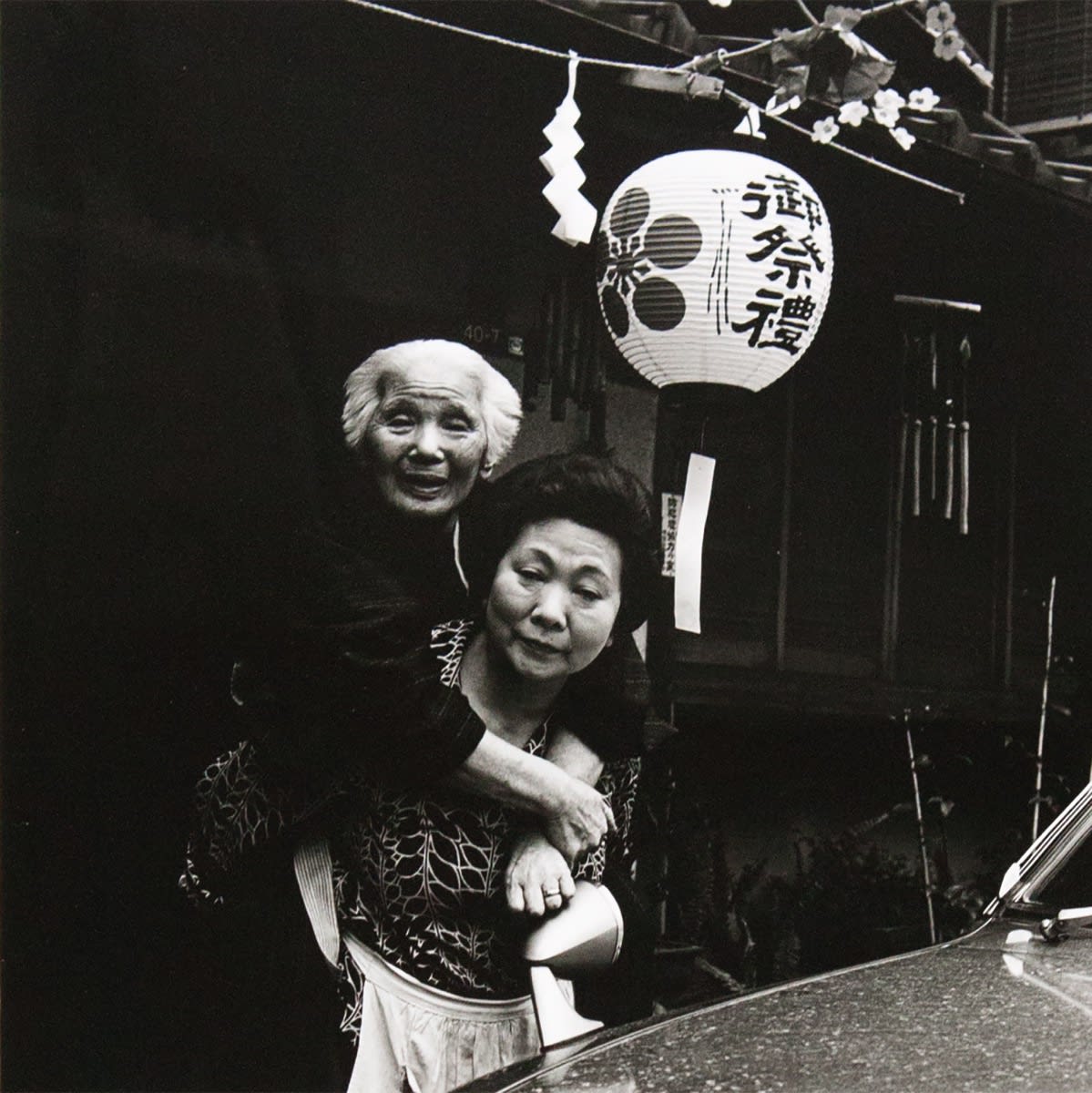Tomohiro Muda
Tomohiro Muda was born in Nara Prefecture in 1956. After graduating from the Department of Education, Waseda University in 1980 Muda commences his career as a freelance photographer.
In 1988 Muda presented The Land of Sherpa, his first solo exhibition, featuring photographs he took during his stay in the Himalayan village of Sherpa. He later travelled around the world to capture images of various Japanese, Romanesque and Byzantine art, as well as Buddhist ruins such as Chinese cave art, the Borobudur, Angkor and Ajanta. Using Spaces for Prayer, Forms of Prayer as a theme, he displayed them through photo exhibitions and publications.
Muda has also exhibited many photographs with a focus on ‘light’ and ‘presence’, including Rome, The Wall of Time, Face of Iron and Portraits of Poli, in which he depicts Poli, a medieval Italian town in the mountains. Muda has frequently showed his work in galeries and institutions within Japan and abroad, in France, Germany and Italy.
The exhibited scroll depicts a waterfall named ‘Nachi’ located in Wakayama Prefecture. This waterfall has been an object of worship since ancient times. Believed to house a kami called Hiryū Gongen worshiped at Kumano Nachi Taisha, it is part of the 'Sacred Sites and Pilgrimage Routes in the Kii Mountain Range' UNESCO World Heritage Site.




